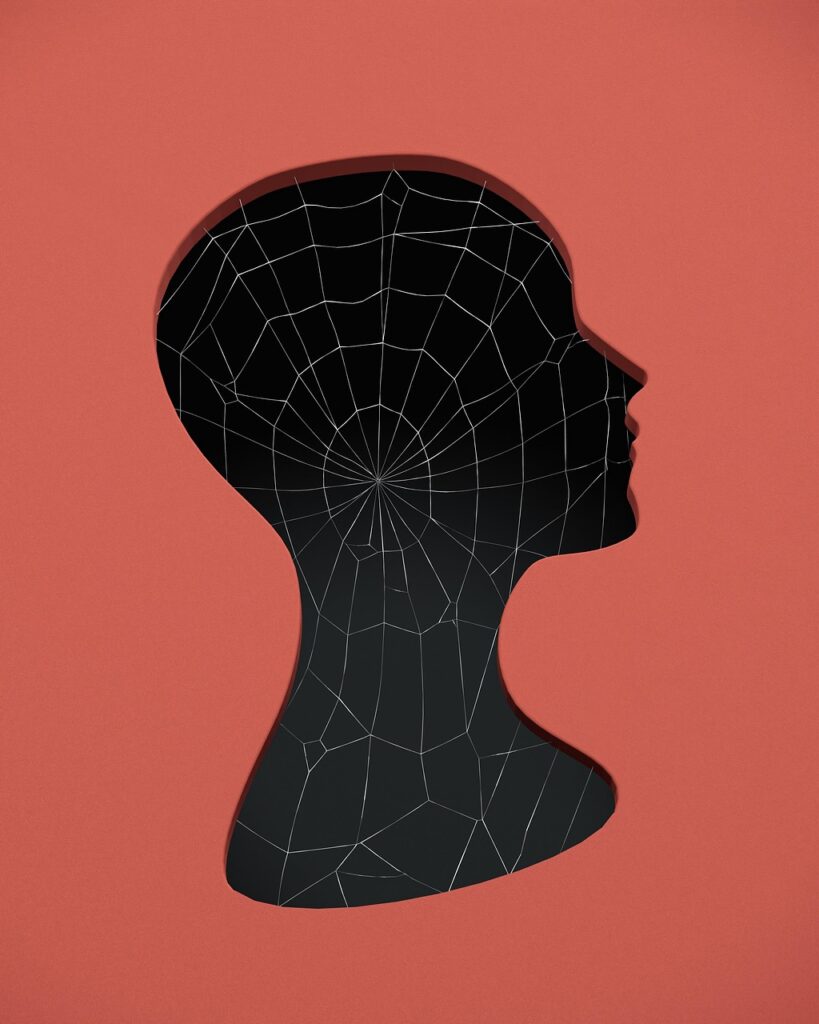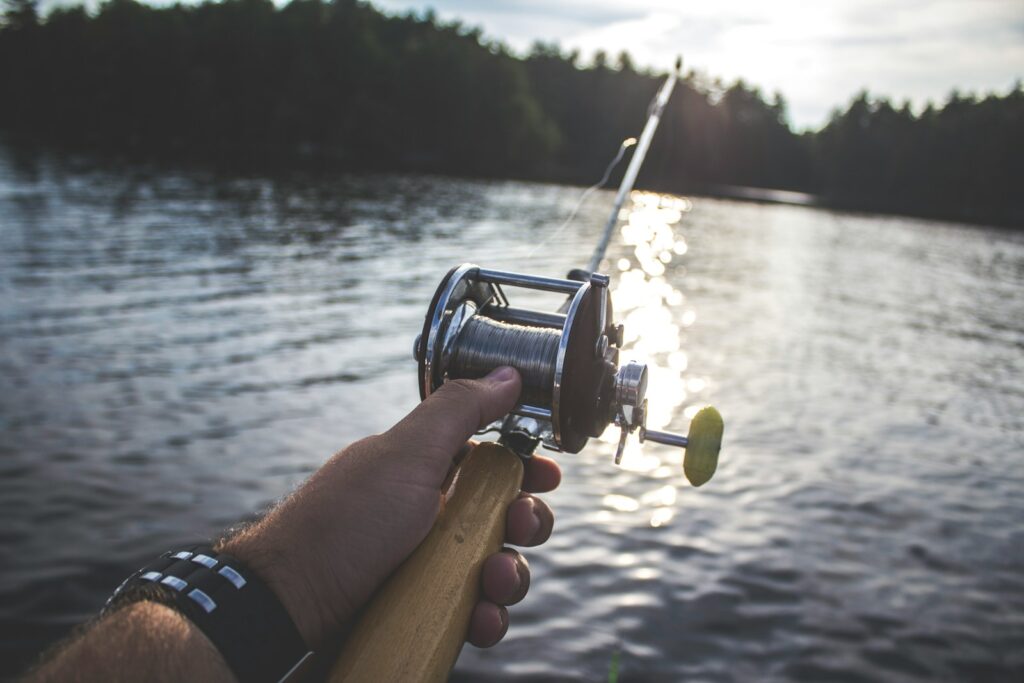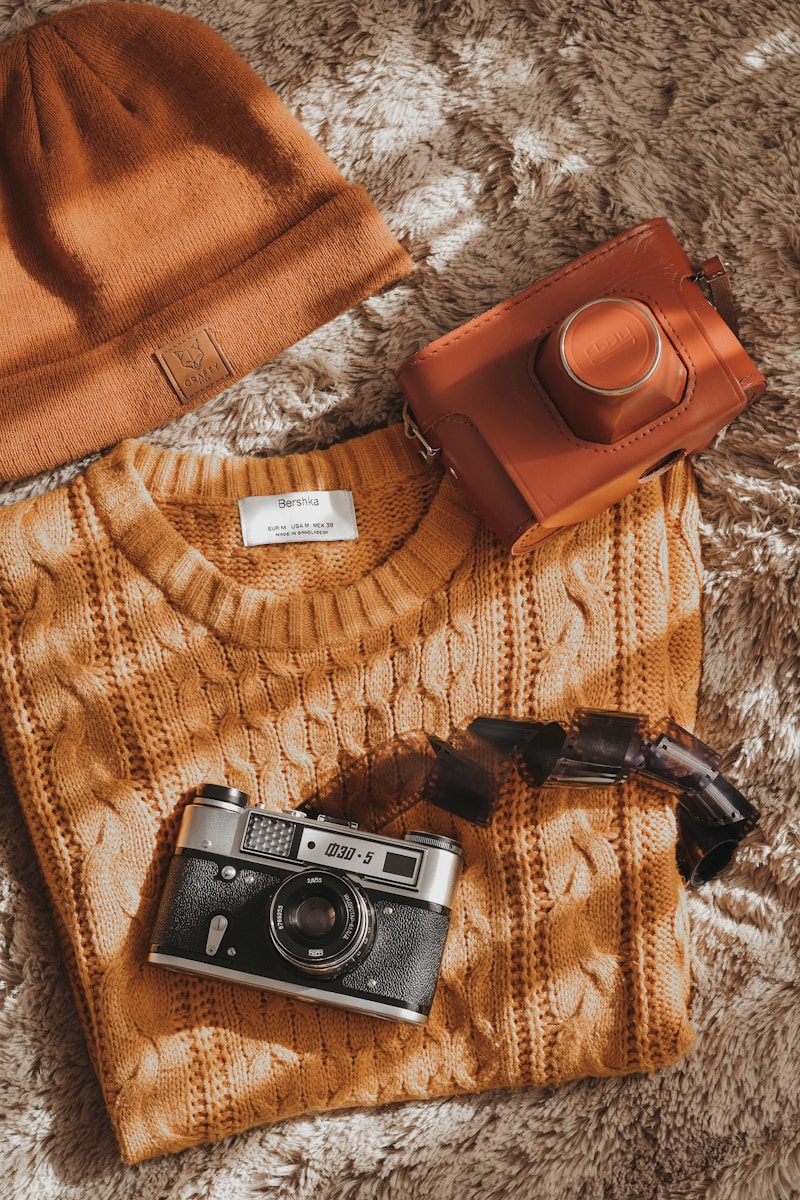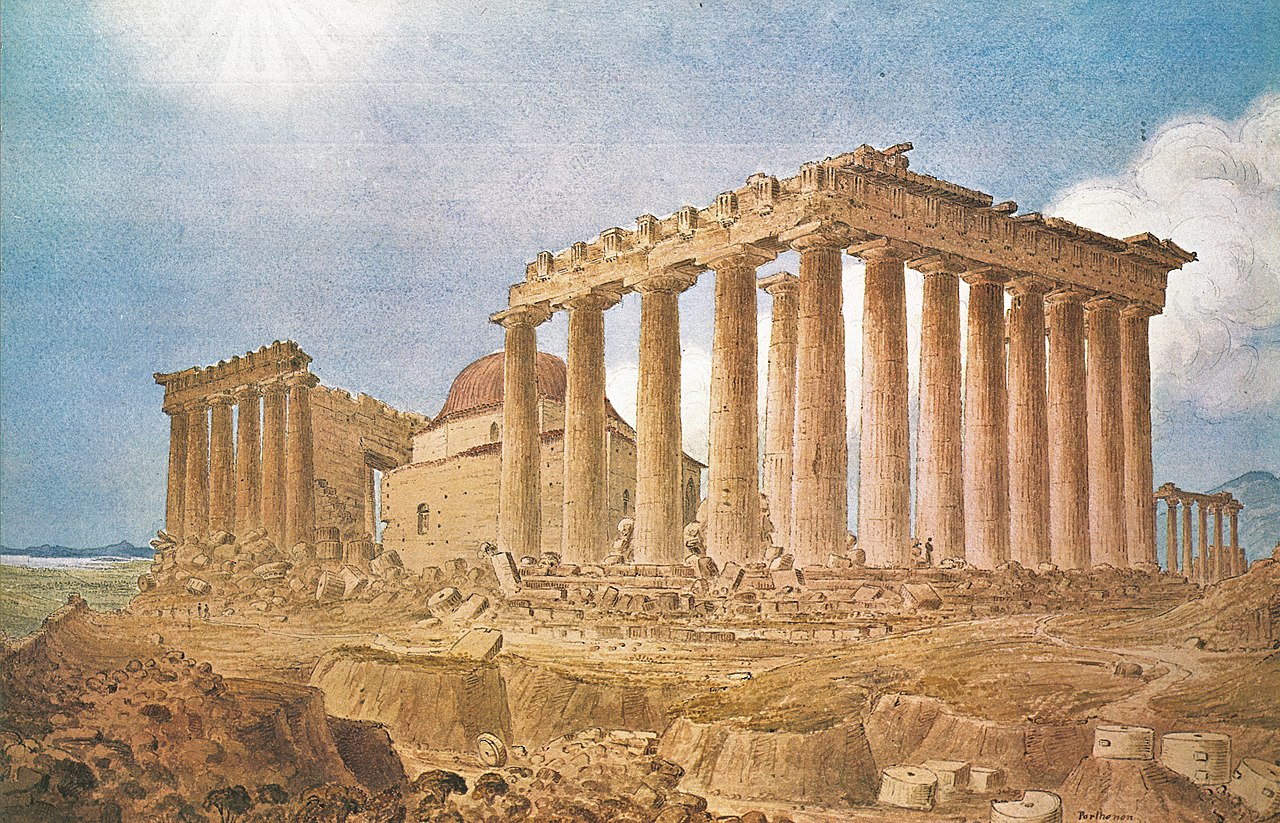
Imagine a world where athletic prowess wasn’t just about winning a medal, but about etching your name into history, honoring your city-state, and embodying the very ideals of human excellence. This was the vibrant reality of ancient Greece, a civilization that placed immense value on physical fitness and mental fortitude. Long before high-tech gyms and protein shakes, these early Olympians forged their bodies and minds through regimens that were as ingenious as they were grueling, pushing the boundaries of what was thought possible with sheer will and natural methods.
Whether you’re hoping to drop a few pounds, build that summer six-pack, or simply curious about the roots of modern fitness, the training secrets of these legendary Greek athletes offer a fascinating glimpse into a past where dedication was paramount. They weren’t just training for a contest; they were preparing to become living legends, embodying kalokagathia — the attribute that combined beauty and goodness. Their drive to honor their city-states turned ordinary men into legends on tracks made of sand and fields marked by olive groves.
Get ready to uncover the fundamental principles that transformed ordinary men into champions, preparing them for the world’s first Olympic Games and beyond. From dawn till dusk, these early sports stars followed regimens that would test even modern champions, proving that the pursuit of excellence has roots far deeper than we might imagine. Let’s dive into the first half of their extraordinary blueprint for peak performance!
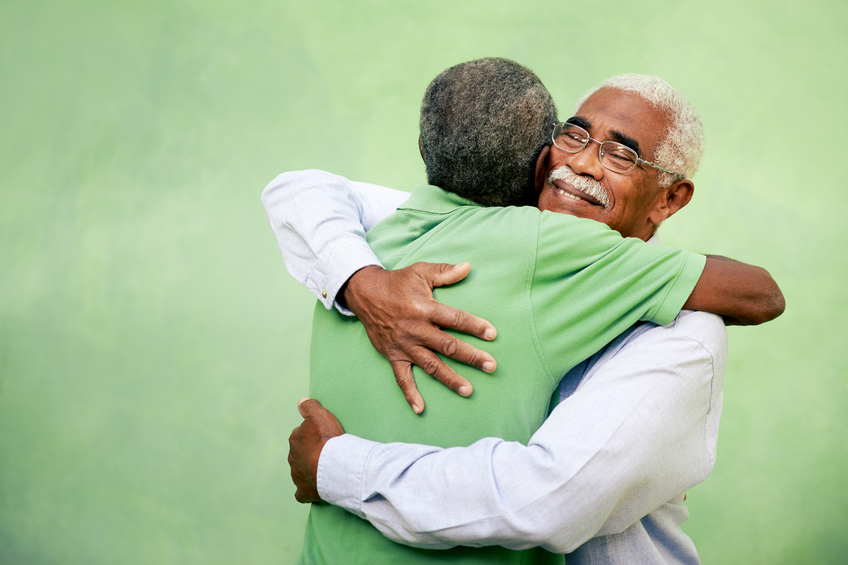
1. **Embrace Intense Effort: The “Go Hard or Go Home” Mentality**Few concepts capture the essence of ancient Greek training better than their unwavering commitment to ferocious intensity and focus. For these athletes, showing up was just the beginning; the expectation was to push every physical and mental boundary. This mindset was perhaps best exemplified by Pankration, a brutal combat sport, a precursor to modern mixed martial arts, but with significantly fewer rules.
The name “Pankration” itself translates to “all of the power,” truly reflecting an event where very little was off-limits. Only biting and eye-gouging were officially frowned upon by referees armed with rods; the Spartan version had even fewer restrictions. The fight continued until one competitor either gave in or the referee ordered it to end, highlighting extreme endurance. Philo of Alexandria described a contest where a battered opponent, “compact with solid flesh, mean, tough, exuding the athlete’s spirit,” broke his foe’s force through sheer endurance, ultimately winning the final victory.
Those who dared to step into the Pankration arena trained as if their lives depended on it, because they almost certainly did. This ferocious intensity wasn’t confined to sport; Pankration was an integral part of military training. At the famed battle of Thermopylae, the last remaining Spartans fought with bare hands, demonstrating how athletic conditioning transitioned seamlessly into battlefield prowess. This “Go Hard or Go Home” ethos permeated all ancient Greek preparation, foundational for their pursuit of excellence.
2. **The Power of Progressive Overload with Natural Weights**While modern gyms boast sophisticated machinery, ancient Greek athletes demonstrated a profound understanding of strength building using what nature provided. Their methods, though seemingly rudimentary, encapsulated a principle fundamental to strength training today: progressive overload. This involves gradually increasing resistance over time to stimulate continuous muscle growth and adaptation.
The legendary Milo of Croton, a formidable wrestler and six-time Olympic Games victor, is the most famous embodiment of this principle. Legend has it he began his strength regimen by lifting a newborn male calf. As the animal grew, Milo repeatedly lifted it until it became a fully-grown bull. He supposedly then carried this immense creature on his shoulders around Olympia, a vivid (if exaggerated) illustration of gradually escalating resistance.
Beyond Milo’s bull, other ingenious tricks included holding four horses simultaneously or resisting the powerful push of another person. Fighters also engaged in dynamic exercises, pulling, punching, and chest-bumping bags. Weaker athletes used bags of flour and fig seeds, while stronger ones graduated to bags packed with heavy sand, continually escalating resistance. Wrestlers further diversified their strength training by throwing heavier discuses and lifting weighted rocks with handles, powerfully demonstrating their pioneering insight into systematic strength building.
Read more about: Leveling Up After 50: 12 Habits and Foods Women Should Thoughtfully Consider Skipping for a Healthier, More Vibrant Life
3. **Harnessing the Mind-Body-Spirit Connection**For the ancient Greeks, physical training was never solely about the body. They championed a holistic approach that recognized the inseparable link between a robust physique and a cultivated intellect and spirit. This profound belief, encapsulated in the timeless adage “A sound mind only lives in a sound body” (or “νους υγιής εν σώματι υγιεί”), was not just a slogan; it was a fundamental way of life, especially for their athletes.
The palaestra, or ancient Greek wrestling school, served as a prime example of this integrated philosophy. These were not merely gymnasiums; they were centers of comprehensive education. While rooms featured equipment like heavy bags for conditioning, they also housed libraries and lecture halls where youth were taught Greek ideals as part of an all-around education. Athletic activity itself was considered another form of wisdom (sophia), ranking alongside creative arts, philosophy, or astronomy.
This dual focus made perfect sense in their worldview. Exercising the brain and muscles in the same place fostered a more open form of democracy. Clayton Lehmann notes that many dialogues by great philosophers were set in a gymnasium, indicating how integral these spaces were to intellectual discourse. Beyond formal education, mental strength and temperament were actively cultivated. Philostratus advised tailored approaches: choleric athletes needed restraint, while phlegmatic ones required urging on, showcasing keen awareness of individual psychology.
Ultimately, ancient Greek athletes were expected to embody kalokagathia, an attribute combining both beauty and goodness. Heather Reid emphasizes that a star athlete could represent more than just performance metrics; they could become an embodiment of virtue. Sport, therefore, transcended mere entertainment; it was about aspiration and what it truly meant to be Greek, a citizen’s duty to develop their “beauty and strength to the utmost.”
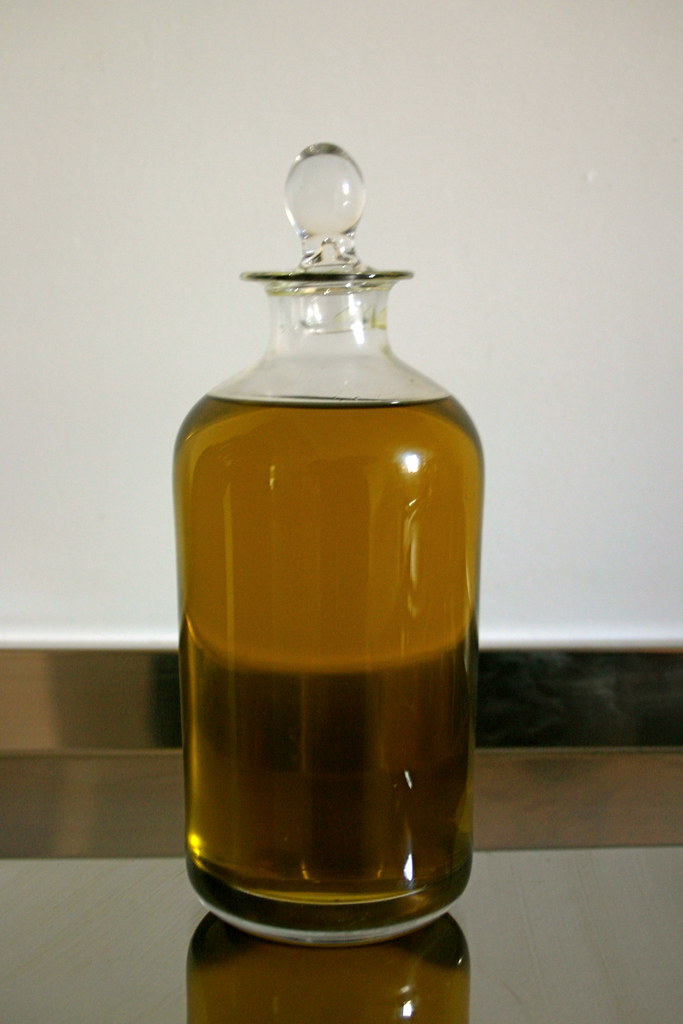
4. **The Art of Lathering in Oil: More Than Just Aesthetics**Among the more distinctive practices of ancient Greek athletes was the generous application of natural oils to their bodies before workouts and competitions. While it might seem curious today, this tradition served multiple practical and symbolic purposes, far beyond mere aesthetics. It was an integral part of their regimen, contributing to relaxation, skin health, and even performance.
One immediate benefit of lathering or massaging the body in natural oils was relaxation. For athletes preparing for strenuous physical exertion, a relaxed state was crucial for optimal performance. The act of massage with oil would have helped soothe muscles, improve circulation, and mentally prepare the individual for challenges. Additionally, scholars claimed that applying oil kept athletes from getting cold while also toughening their skin, offering protection against the elements.
The aesthetic component was also undeniable. Ancient Greek sportsmen were known to lather themselves in natural oils because it gave their bodies a distinctive glisten, highlighting their muscularity and physical perfection. In a culture that revered the human form, presenting a glistening, strong physique was an homage to their ideals. The body was a work of art, honed and celebrated, and the oil enhanced this visual appeal.
After training or competition, the oil, often mixed with sweat and sand (which wrestlers sometimes used for grip), was scraped off using a strigil. This semi-circle shaped tool was common. Interestingly, “the scrapings from famous athletes were a prized possession,” often sold to the public as “a bottle of sweat and sand.” This peculiar souvenir speaks volumes about the reverence held for these athletes and their training, deeply woven into their athletic culture.
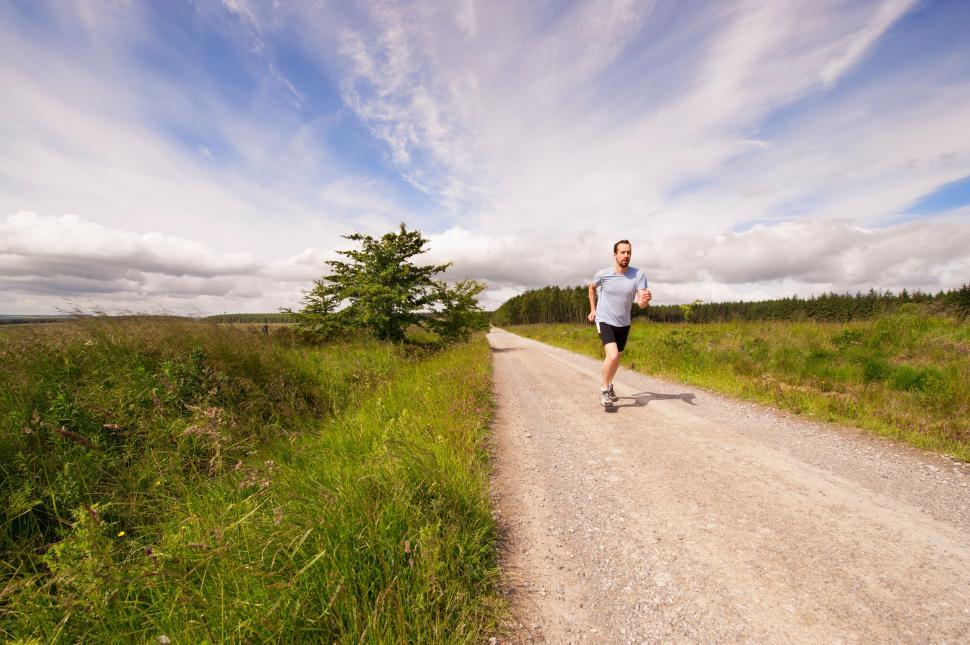
5. **Cardiovascular Prowess: The Call to Run, Run, Run**In the pursuit of peak physical condition, ancient Greek athletes understood the indispensable role of cardiovascular training. For them, nothing quite matched the raw efficiency and benefit of running. The simple act of putting one foot in the other was a cornerstone of their regimens, recognized for its profound impact on endurance, lung capacity, and overall health.
Running, in its various forms, was a staple of the ancient games, just as it is in today’s Olympics. They had sprints, middle-distance events, and long-distance races, with the dolichos covering about three miles. Crucially, these athletes ran barefoot on rough terrain, building incredible resilience and foot strength. This practice highlights a commitment to raw, natural conditioning, far removed from modern cushioned footwear.
The benefits of running were well-understood. It offered the “highest cardiovascular payoff with the littlest (or most cost-effective) effort,” increasing lung capacity, strengthening the immune system, and serving as a potent mechanism for weight control. For Athenian athletes, running was not merely an event; it was a mandatory component of their Olympic competition preparation and crucial for longer races.
While the modern marathon is famously attributed to Pheidippides, it’s generally viewed as a romantic invention. However, the significance of running for communication and military readiness was undeniable. Furthermore, the importance of running transcended gender, with women competing in footraces at festivals in honor of the goddess Hera, reinforcing its foundational role in physical well-being.
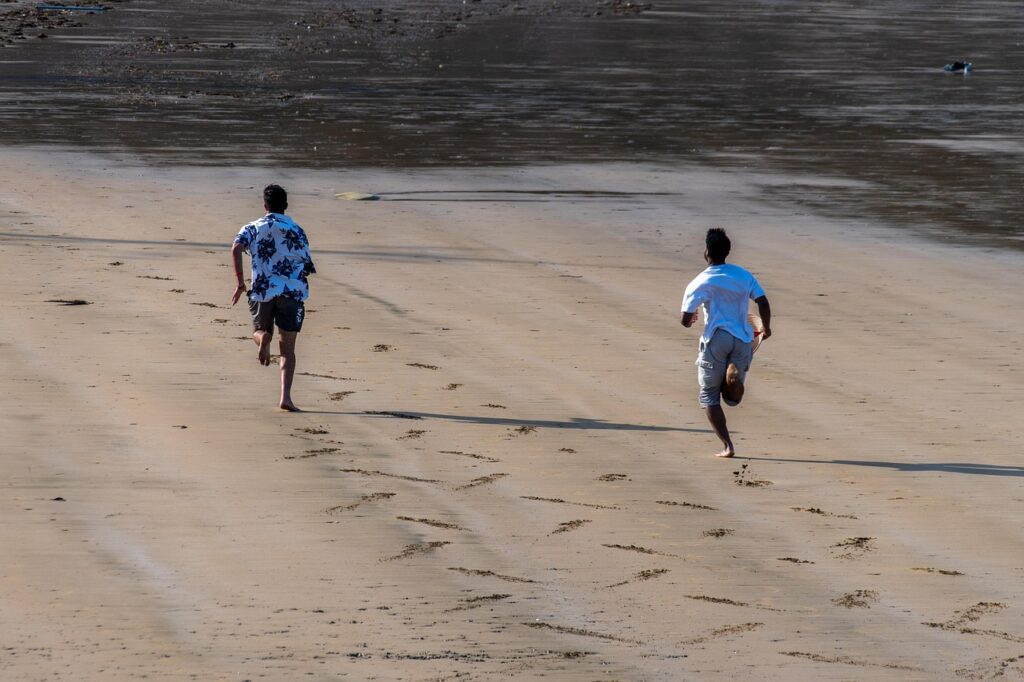
6. **Amplify Stamina with Environmental Resistance: Running in Sand**Beyond conventional running, ancient Greek athletes ingeniously leveraged their natural environment to intensify their training and build unparalleled stamina. One particularly insightful method involved running through deep sand, a technique that deliberately introduced resistance to significantly amplify the physical challenge and develop explosive power and endurance in the legs.
Anacharsis, a Mediterranean philosopher of the 6th century BCE, provided a detailed description of how the Greeks specifically trained their sprinters. He noted that “The [practice] running is not done on hard, resistant ground, but in deep sand where it is not easy to plant a foot solidly or get a grip with it since it slips away from underneath the foot.” This deliberate choice of terrain reveals a sophisticated understanding of biomechanics and resistance training.
The instability and yielding nature of deep sand meant every stride required far more effort to push off and maintain balance. Muscles in the legs, ankles, and feet had to work harder and activate more extensively to propel the athlete forward, leading to enhanced strength, power, and muscular endurance. This robust foundation translated directly to improved performance on more stable surfaces during actual competitions.
As an added bonus, these young men were also instructed “to jump over a ditch, if necessary, or some other obstacle carrying lead weights that are as large as they can hold.” This combination of high-resistance running with plyometric exercises and additional external weights introduced a multi-faceted challenge. It simultaneously developed explosive power, agility, and the ability to maintain performance under increasing load – a truly comprehensive approach to stamina and functional strength. Philostratus also mentioned athletes climbing trees, ropes, or pulling carts, further showcasing their resourcefulness.
Continuing our journey into the awe-inspiring world of ancient Greek athleticism, we uncover even more ingenious secrets that propelled these competitors to legendary status. From harnessing the power of music to mastering their own bodies and minds, these historical figures offer timeless wisdom for anyone seeking peak performance, proving that true excellence transcends eras.

7. **The Power of Melodies: Music in Training**Imagine working out not to the thumping beats of modern pop, but to the soulful strains of an aulos! For the ancient Greeks, the rhythm of music was not just background noise; it was an integral component of their training philosophy, believed to please a man’s or woman’s spirit and enhance physical movements. This wasn’t merely about enjoyment; it was a deliberate strategy to add harmony and focus to an athlete’s regimen.
Every gymnasium, those ancient hubs of physical and intellectual development, often housed at least one aulos player. Their crucial role was to provide rhythmical music, particularly during warm-ups, helping athletes to synchronize their movements and perform exercises with greater accuracy as advised by their trainers. The belief was that the harmonious interplay of sound and motion could unlock a deeper level of physical and mental engagement.
This practice underscores a profound understanding of how external stimuli can influence internal states and physical performance. Music, for the Greeks, wasn’t just an art form; it was a tool for athletic enhancement, helping to establish a steady cadence, reduce perceived exertion, and cultivate a sense of grace and precision in movements. It speaks volumes about their holistic approach, where even the aesthetic and spiritual were woven into the fabric of physical conditioning.

8. **Fueling the Champions: Strategic Dietary Wisdom**While today’s athletes meticulously track macros and consult nutritionists, ancient Greek champions also understood the critical role of diet, albeit with a more elemental approach. Their dietary strategies, especially those from the Mediterranean region, hold surprising relevance, focusing on readily available, nutrient-rich foods that supported sustained physical effort and general well-being.
The Mediterranean diet, celebrated from ancient times for its association with lower rates of heart disease, formed the cornerstone of many athletes’ nutritional plans. Grains, fruits, vegetables, legumes, and most notably, fish were staples, benefiting from Greece’s proximity to the sea. Meat, such as chicken, lamb, or beef, was considered a luxury, often reserved for the wealthy or for specific religious holidays, making leaner protein sources like fish and plant-based options far more common.
Consider the fig: a fruit that was, and still is, abundant in Greece and lauded as one of the world’s healthiest foods. Figs provided a wealth of beneficial nutrients, including vitamins A, B1, and B2, along with calcium and iron. A typical breakfast for many athletes might consist of dried figs, moist cheese, and wheat, demonstrating a practical combination of carbohydrates, fats, and essential micronutrients to kickstart a day of intense training. Beans and cheese also proved popular, rounding out a diet that, while simple, was surprisingly effective.
Trainers of the era also experimented with various dietary fads, from cheese-heavy to meat-heavy regimens, and debates raged over the merits of fish or the type of bread to consume. While the “science of diet wasn’t anything like what it is today,” as observed by scholars, the underlying principle of conscious fueling for performance was firmly established. The timeless advice from one philosopher sums it up perfectly: “If you want to win at the Olympics, follow the rules and do not eat dessert.”
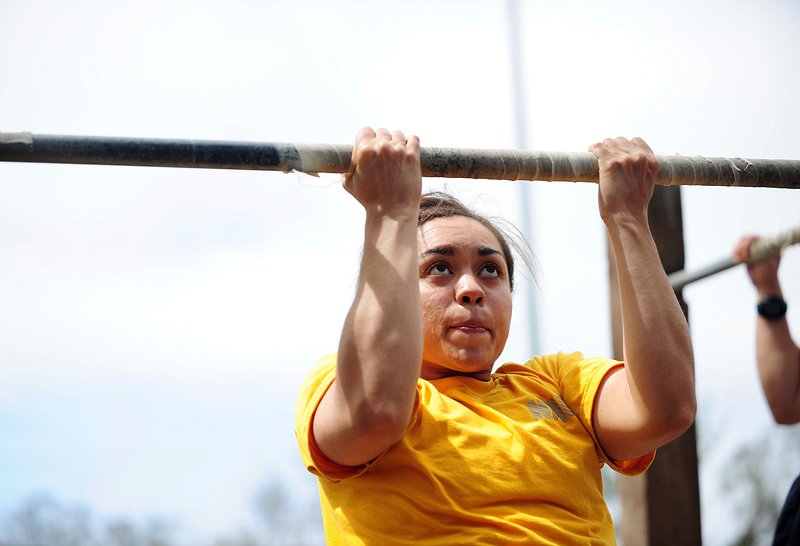
9. **Mastering Your Own Weight: The Art of Calisthenics**In an era without gleaming weight machines or sophisticated gym equipment, ancient Greek athletes pioneered a timeless approach to strength and fitness: calisthenics. Derived from the Greek words *kallos* (beauty) and *sthenos* (strength), these bodyweight exercises were fundamental to their training, emphasizing what they called “beautiful strength” – a testament to the aesthetic and functional power of a self-mastered physique.
The profound advantage of bodyweight training was its inherent accessibility and versatility. With gravity and one’s own body providing all the necessary resistance, there was no need for expensive apparatus. Athletes engaged in a range of movements, from simple push-ups to more advanced maneuvers, meticulously refining their control, power, and endurance. This approach allowed for a holistic development of the body, fostering a balanced musculature and superior proprioception.
This reliance on “your own gym” wasn’t merely a limitation; it was a sophisticated methodology that built incredible functional strength, agility, and a deep understanding of one’s physical capabilities. The Greeks proved that a truly formidable physique could be forged through discipline and intelligent application of fundamental movements, demonstrating that the human body itself is the most powerful piece of exercise equipment one could ever possess.
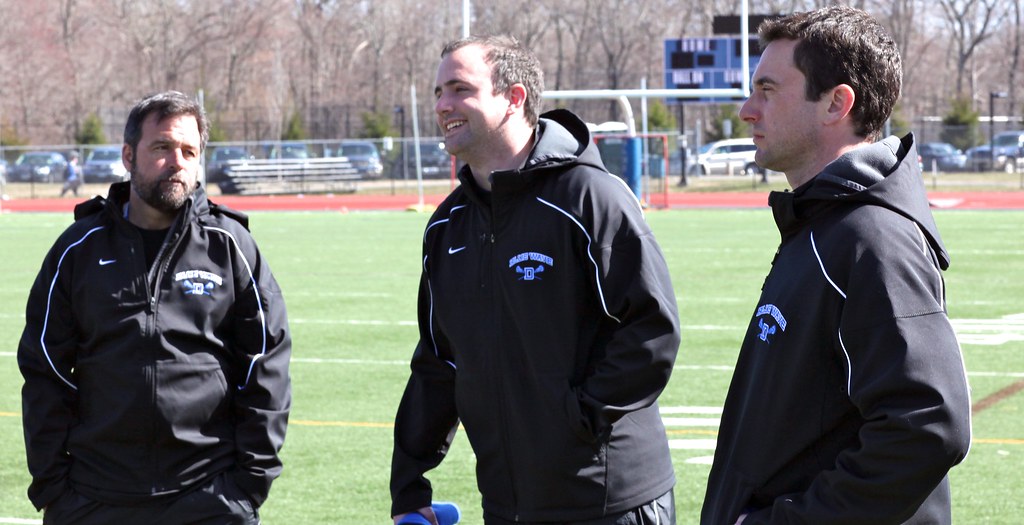
10. **The Wisdom of Mentors: Guided by Expert Coaches**The path to Olympic glory in ancient Greece was rarely walked alone; it was often meticulously guided by seasoned professionals. Just as today’s elite athletes rely on expert coaches, the Greeks recognized the indispensable role of dedicated trainers, whose knowledge and experience were crucial for honing talent and optimizing performance. This professional guidance marked a significant evolution in athletic preparation.
These trainers, known as *paidotribes* – a term stemming from roots meaning “boy” and “to rub,” indicating their early focus on sports massage with oil – provided structured regimens and personalized advice. They were adept at designing workouts that included a proper warm-up, main exercise, and cool-down, a fundamental structure first devised in ancient Greece based on empirical evidence. Athletes specializing in specific events worked intensively with these mentors, often arriving a month early to train under official watch, where anyone “not up to snuff” would be weeded out.
The insights of philosophers like Socrates, who stressed the civic duty of physical fitness and warned against “growing old through sheer carelessness,” further underscored the importance of guided training. Physicians also took a keen interest, studying anatomy and bodily function through the lens of athletic conditioning. This expert oversight ensured that training was not just intense, but also strategic, laying the groundwork for systematic athletic development that still resonates in modern sports science.
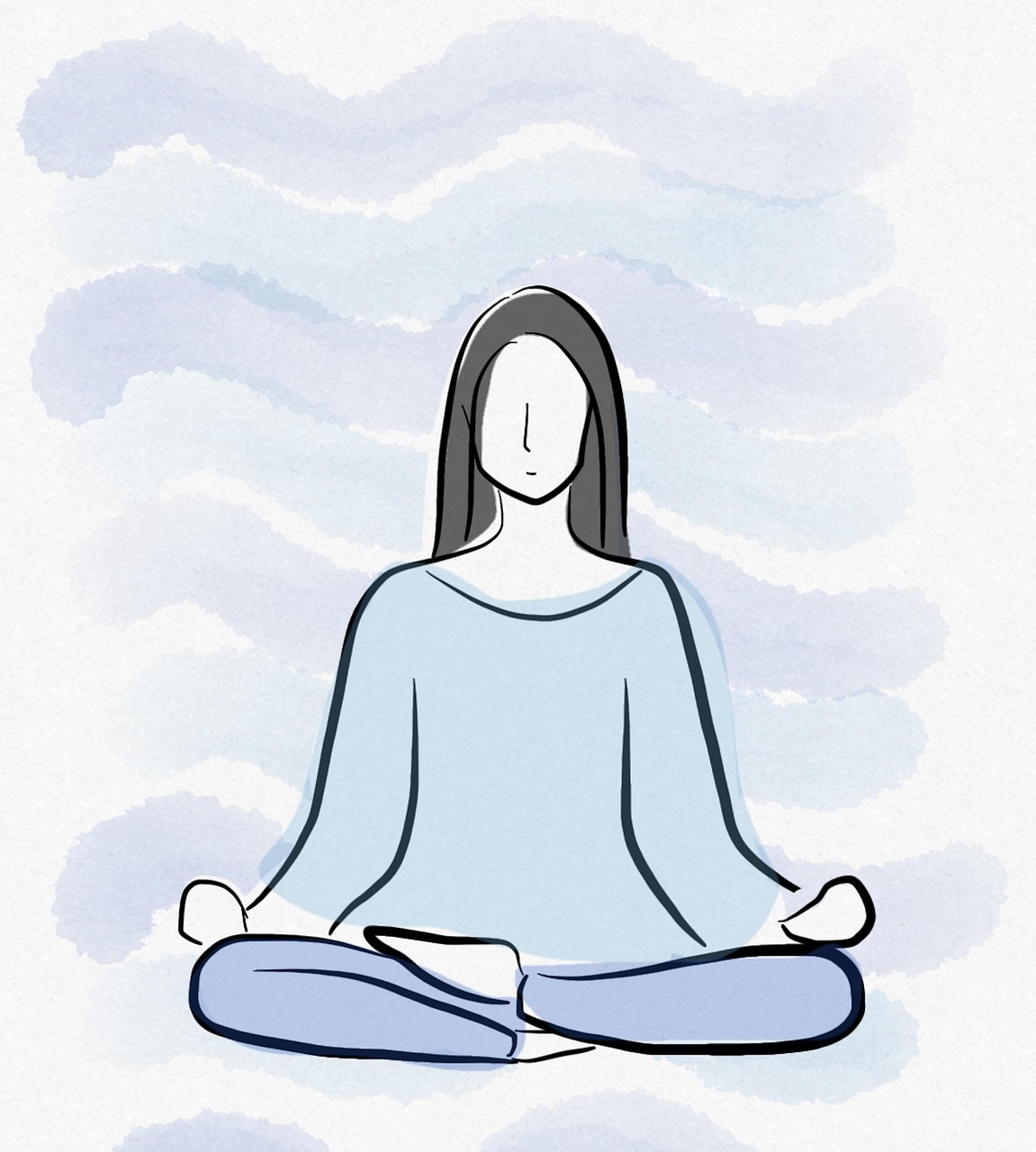
11. **Fortifying the Mind: Focus, Discipline, and Abstinence**While physical prowess was paramount, ancient Greek athletes understood that true victory began in the mind. The pursuit of excellence demanded not only a sound body but also an unyielding mental fortitude, encompassing intense focus, rigorous discipline, and even practices like ual abstinence, all aimed at maintaining peak concentration and inner strength.
Building mental strength involved tailored approaches. The philosopher Philostratus, lamenting what he saw as a decline in athletic tradition, advised that “choleric, irritable sportsmen needed restraint,” while “phlegmatic, calm athletes need urging on,” demonstrating a keen awareness of individual psychology in achieving optimal temperament. This wasn’t a one-size-fits-all strategy; it was a nuanced understanding of how to cultivate the ideal mental state for competition.
Perhaps one of the most intriguing aspects of their mental discipline was the encouragement of ual abstinence. Philostratus viewed sex as a “disgraceful pleasure” and “corrupting form of luxury inappropriate for and harmful to athletes,” even linking it to greed and corruption. There’s anecdotal evidence of athletes actively avoiding sexual temptation, with one pankration champion reportedly turning his head from copulating dogs and leaving banquets when discussions turned to sex, all to preserve his “inner strength and concentration.” This extreme discipline highlights the lengths to which they went to eliminate distractions and maintain an unwavering mental edge.
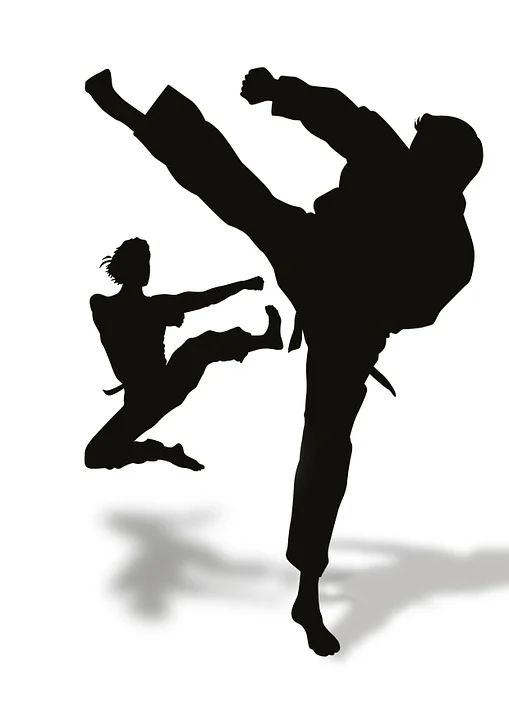
12. **The Brutality of Battle: Unyielding Combat Techniques**Beyond raw strength and endurance, ancient Greek combat sports demanded a mastery of brutal, often shockingly effective techniques. These weren’t just about winning; they were about absolute dominance, employing methods that tested the limits of human resilience and could leave competitors severely disfigured, or worse. The “brutal combat techniques” were a defining characteristic of events like Pankration, boxing, and wrestling.
One fascinating aspect of their combat was the belief in harnessing *pneuma*, an ethereal substance akin to the Chinese concept of *chi*. This involved specific breathing techniques, such as suspending and holding the breath, tensing chest muscles, and relaxing the stomach, purportedly allowing athletes to deliver devastating blows. Legends abound, like the boxer who supposedly used his outstretched fingers with this technique to pierce an opponent’s abdomen, or “Fingertips,” known for breaking opponents’ fingers at the start of a match.
The sheer ferocity and minimal rules of these contests led to an environment where every advantage was exploited. There were no weight classes, no time limits, and certainly no safety gear in boxing. Fighters literally battled until one could no longer continue. The tragic story of a pankration athlete who died from asphyxiation in the 564 BCE Olympics, even as his trainer declared, “Never defeated at Olympia!”, vividly illustrates the brutal reality of their competitive edge and the ultimate sacrifice some made in the pursuit of glory.
As we conclude this deep dive into the extraordinary training secrets of ancient Greek Olympic athletes, it’s clear their legacy extends far beyond dusty scrolls and broken amphoras. They didn’t have the scientific data or the high-tech gear of today, yet their innate understanding of the human body and spirit allowed them to forge warriors and champions through sheer willpower, dedication, and a relentless pursuit of perfection. From lifting calves to embracing the rhythmic pulse of the aulos, from fueling with figs to mastering their own minds, these Olympians remind us that the core principles of excellence are truly timeless. Their stories aren’t just historical footnotes; they’re powerful blueprints for anyone striving to reach their personal peak, proving that the pursuit of greatness, much like the Olympic flame itself, burns brightest when fueled by passion, discipline, and an unbreakable human spirit. So, next time you’re hitting the gym, remember the ancient Greeks – they might just inspire you to push a little harder, think a little smarter, and perhaps even find your own inner Olympian.


